9 Misunderstood Films That Were Ahead Of Their Time
Sometimes a movie comes out before people are ready for it – whether it’s because of the themes involved, what you see on-screen, or the style of filmmaking. Here are 9 films which were only recognised for their brilliance after the fact.
‘Licence To Kill’ (1989)
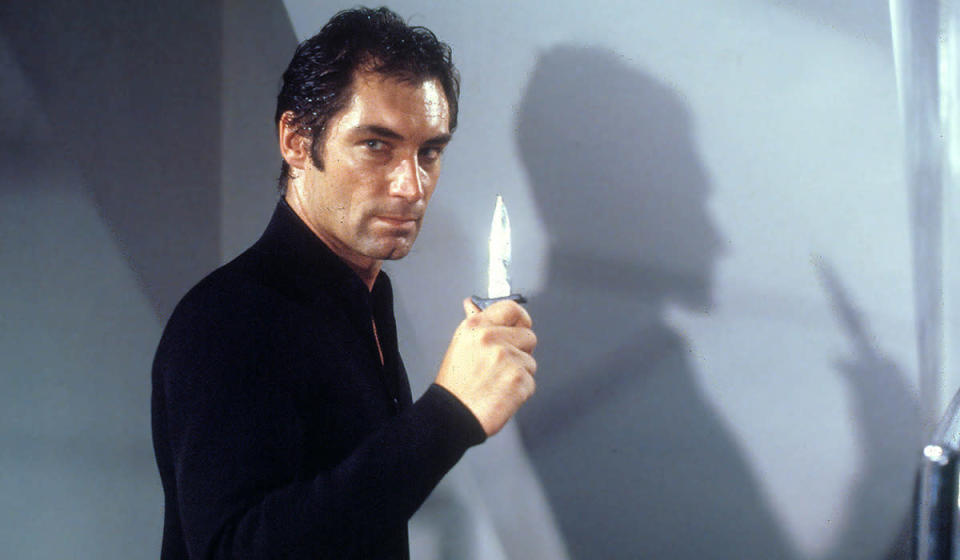
Back when it was released in 1989, audiences were taken aback by Timothy Dalton’s brutal second Bond film. The plot feature a drug lord as the central villain and sees Felix Leiter’s wife raped and murdered. The film was slapped with a 15 certificate and flopped in the US.
Many saw it as too far away from traditional Bond films and it was the lowest grossing entry in the franchise ever (though it still turned a profit). It was Dalton’s last outing as 007.
Fast forward to 2006 however and Daniel Craig’s version of Bond returned to Dalton’s gritty ways, though ‘Casino Royale’ was a huge critical and commercial hit. Sadly for Timothy Dalton, ‘License To Kill’ was a great Bond movie made at the wrong time.
- 8 Movies Which Had Massive Behind-The-Scenes Problems
- Whatever Happened To Hollywood’s Scariest Kids?
‘Citizen Kane’ (1941)
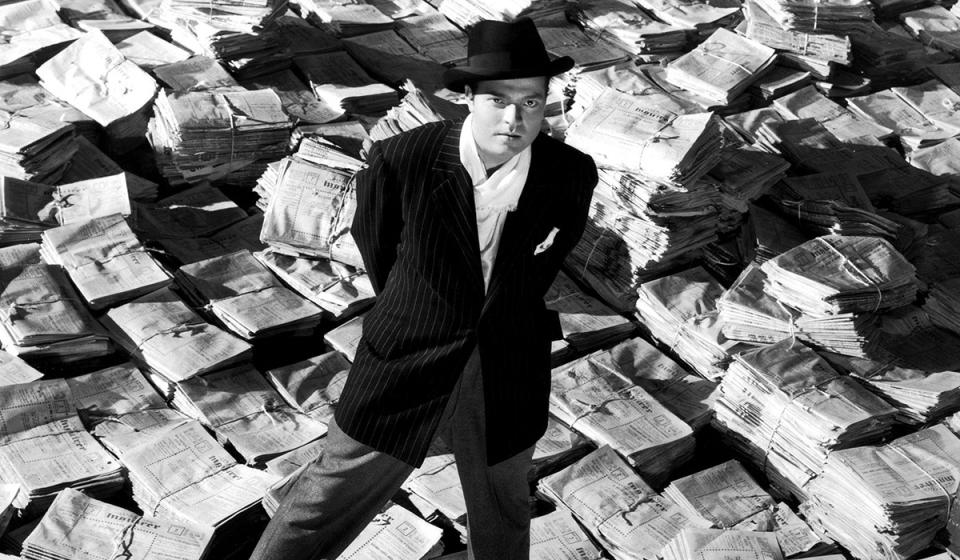
Orson Welles’ magnum opus is now regularly touted as one of the greatest films of all time thanks to the innovative filmmaking and storytelling techniques that the actor/director employed.
However it was not a big hit when it was released in 1941 and was DESPISED by the Hollywood establishment (even though it got good reviews) because it was based on the life of hugely powerful newspaper magnate William Randolph Hearst. it still managed to score nine Oscar noms (winning one), but was booed every time one was read out at the ceremony.
By the mid-fifties ‘Kane’ - and Welles himself - was almost forgotten, but ironically it was TV that saved the film’s reputation. The film started to play regularly on the fledging medium and much like ‘It’s A Wonderful Life’ it was reevaluated by critics, especially the influential auteur theory exponent Andrew Sarris.
‘Witchfinder General’ (1968)

This British horror film is little-remembered now, except amongst film aficionados who recognise its transgressive brilliance.
Co-written and directed by 25-year-old Michael Reeves (who died the following year from an accidental drug overdose), it’s based on the life on Matthew Hopkins (Vincent Price) who in 17th century England is thought to have executed more than 300 women accused of witchcraft.
The movie’s barbaric and visceral violence for the time influenced a generation of horror filmmakers.
‘Tron’ (1982)
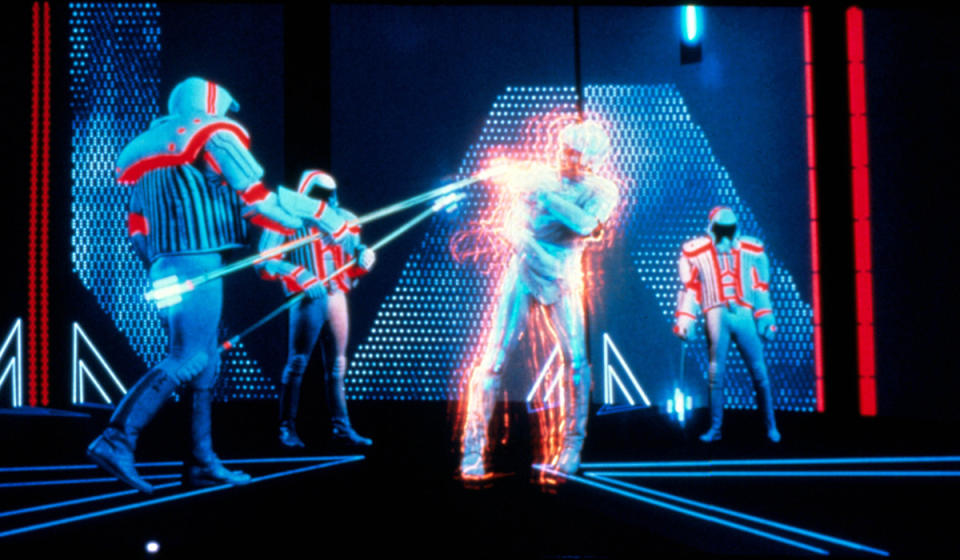
Yes, the special effects look dated now, with its neon stylings and funny hats, but back then writer/director Steven Lisberger was taking a big step into the unknown.
At the time, technology didn’t exist to have computer graphics and camera movement happening in the same shot (which is why the cameras were fixed) and many of the Disney animators rebelled against the film, saying CGI would make them redundant. They were kind of right.
The film was not a hit and lost disney a chunk of money, but it’s undoubtedly one of the most influential films of all time.
‘Freaks’ (1932)
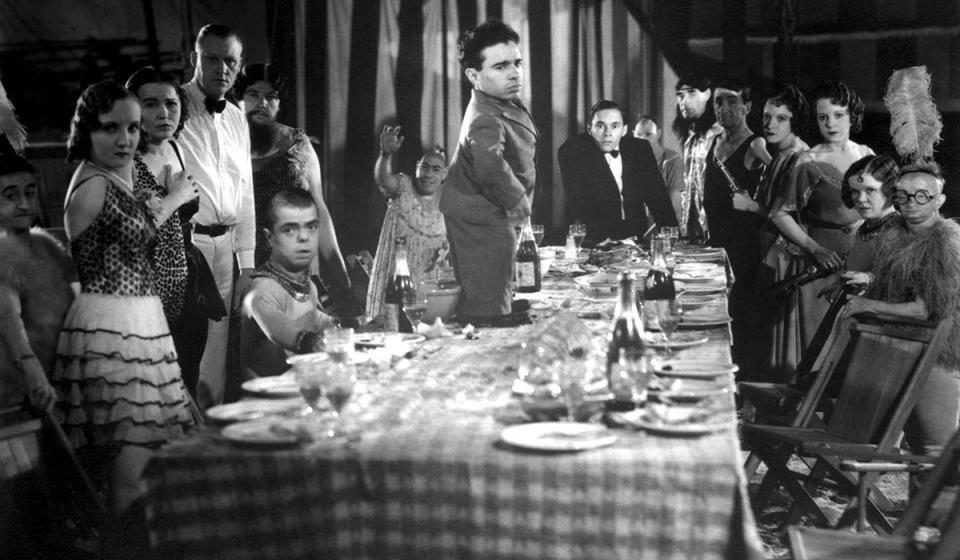
So ahead of its time that it was actually banned in UK cinemas until 30 years after it was made, this dark fable about a travelling carnival is remembered for actually using a vast array of differently-abled people in its cast.
That’s led to criticism of exploitation, but in fact it’s the “average” people who are the ones out of place here. What’s more, director Tod Browning was a pioneer in PR shock tactics and for challenging the Hollywood status quo, a skill which has won him many retrospective admirers.
Above all, ‘Freaks’ is a really, really good, scary movie.
‘Blade Runner’ (1982)
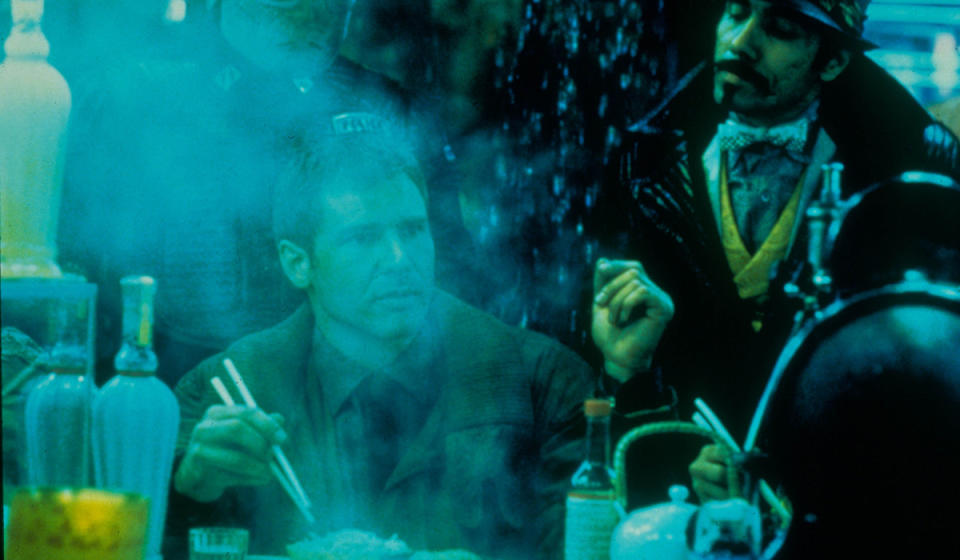
‘Blade Runner’ is rightly seen as a classic today, but people forget that the filmed wasn’t a big hit when it was first released upon it’s initial theatrical release, making a mere $27 million in 1982 (’E.T.’ made $359 million). Critics also didn’t really get it - one reviewer dubbed it ‘Blade Crawler’.
Slowly but surely however people reappraised the film - especially once the ‘Director’s Cut’ began to circulate, and it’s now seen as a masterpiece, with it’s dystopian cyber-punk visuals influencing almost every subsequent sci-fi movie since.
‘Dr. Strangelove’ (1964)
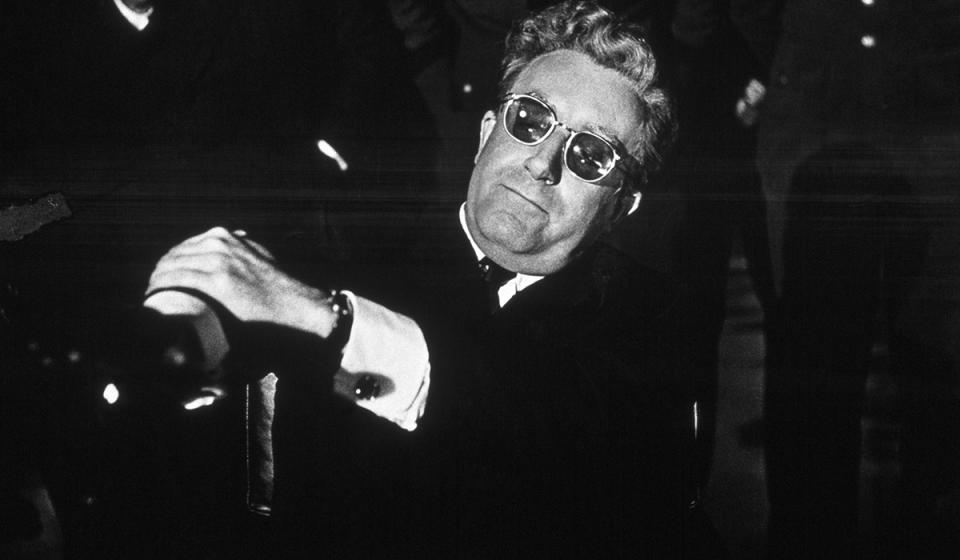
Pretty much everything Stanley Kubrick did was ahead of its time in some way, but none more so than this 1960s satire on the futility of war and the imbecility of military leadership.
Audiences unused to such biting social commentary didn’t really understand it then – while governments were angry about it – but as time’s gone on and comedy has become more cynical, it’s acquired its rightful place in the satirical pantheon.
‘Night of the Hunter’ (1955)
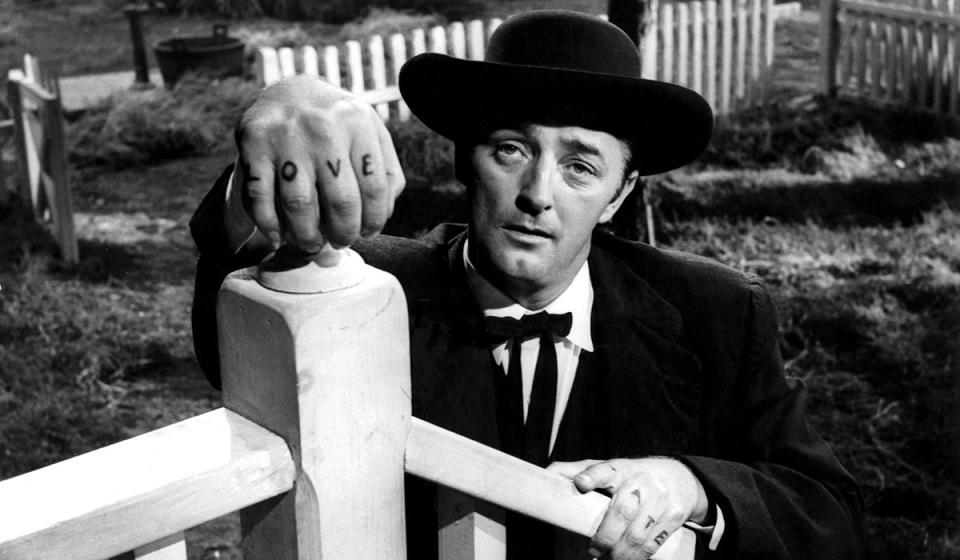
This was the only film directed by British actor Charles Laughton, a fact much maligned by fans of what influential French journal Cahiers due cinema dubbed the second-best movie of all time.
In fact, 1950s audiences just couldn’t get their heads round Robert Mitchum as a sociopath, who – gasp – is also a preacher. Its filmmaking style also proved difficult to grasp, shot in a German expressionist style with a hint of surrealism and larger-than-life characters.
Now though, its artistry and individualism is right recognised for its unique brilliance.
‘Peeping Tom’ (1960)
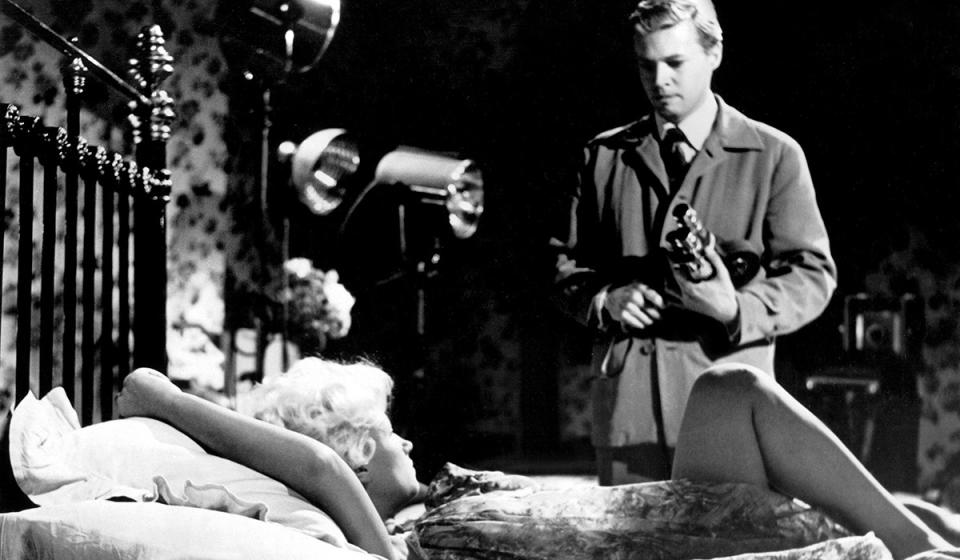
Often regarded as the first slasher film, Michael Powell’s controversial movie is about a serial killer who films his victims’ dying moments.
Incredibly subversive and psychologically complex as well as being utterly terrifying, it’s also considered to be the first flick ever to let the audience view proceedings from the murderer’s POV.
Its subject and themes caused a scandal which irreparably damaged the iconic director’s career, despite predicting our fascination with recording ourselves every second of the day by 50 years.
- Was The Shining Kubrick’s Way Of Admitting He Faked The Moon Landings?
- Hollywood’s Most Cursed Movies Roles
Image credits: Rex_Shutterstock

 Yahoo Movies
Yahoo Movies 
